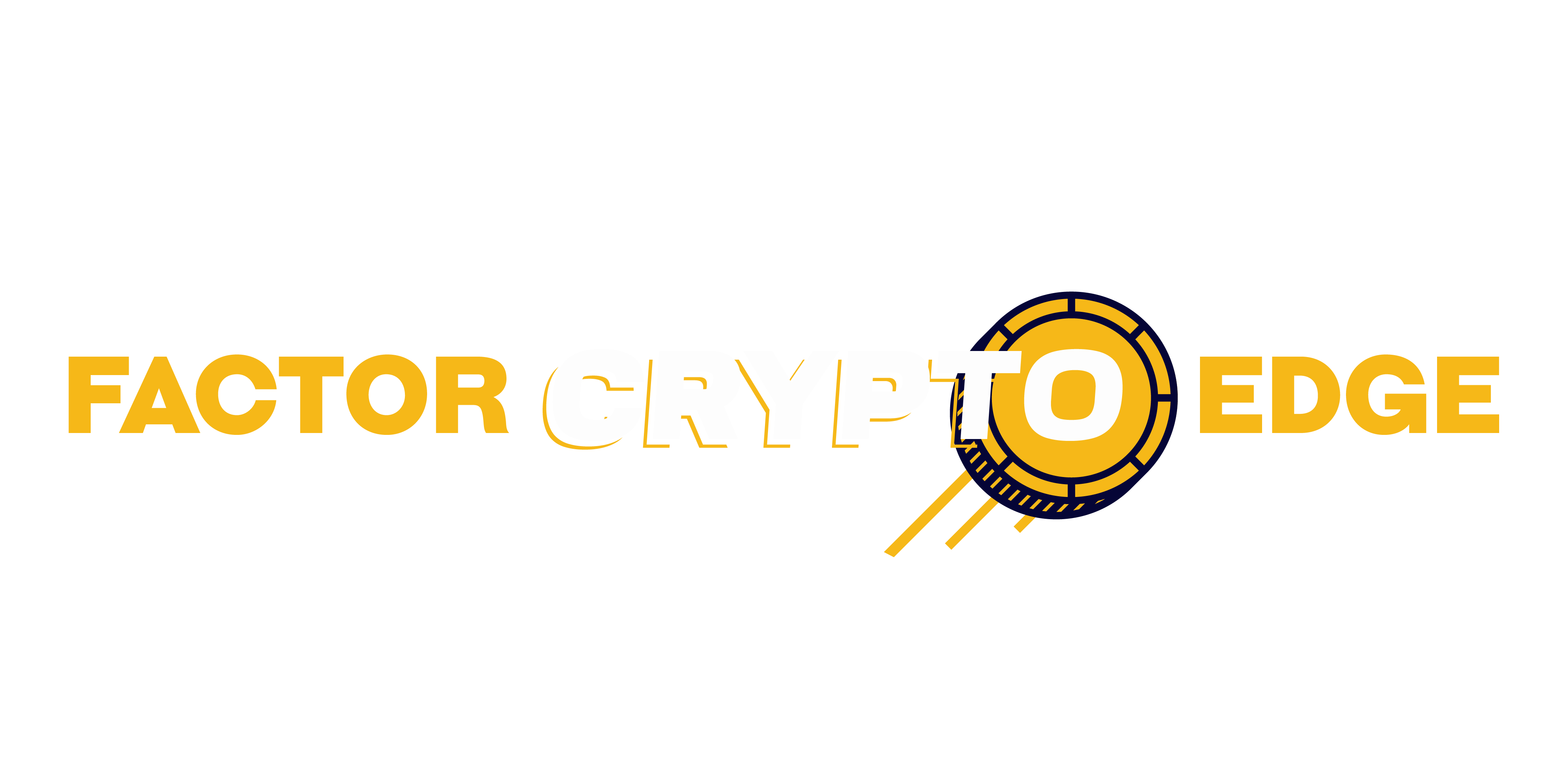Why Start with Free Resources?
Diving into crypto trading can feel like stepping onto alien terrain—charts everywhere, strange terminology, high stakes. That’s exactly why starting with free educational resources just makes sense. You lower your risk to zero, while stacking up real, actionable knowledge. No subscriptions. No pressure. Just learning.
Free courses, tutorials, and practice platforms give you space to make mistakes that won’t cost you anything. You can try, fail, adjust, and try again. That’s how you build instincts without burning money.
And let’s be clear: crypto isn’t beginner-friendly by default. People fall into traps—fancy-sounding scams, overhyped strategies, or flashy influencers pushing unreliable advice. Starting with trusted, free resources helps you skip a lot of that nonsense. You’ll understand the basics like order types, wallets, exchanges, and risk management before your first dollar hits a live trade.
Bottom line: free doesn’t mean inferior. It means smart. Use what’s out there, sharpen your edge, and when you’re ready to upgrade—do it from a position of strength.
What to Look for in a Quality Crypto Trading Course
Before you jump into any crypto course, make sure it covers the basic building blocks. You’ll want clear explanations of wallets (how you store crypto), exchanges (where you buy, sell, and trade), and market orders (how trades are executed). If a course breezes past these without helping you understand how they work together, skip it.
Then there’s the difference between technical and fundamental analysis. Technical analysis studies price charts and indicators—think trends, candlestick patterns, support and resistance. Fundamental analysis is about understanding the actual value of a coin or project—its use case, team, tokenomics, and adoption. A good course should show when and how to apply both.
Theory’s fine, but what really helps are real-life examples. Strategy demos that walk you through trades, explain decisions, and call out what went right or wrong—those are the gold mine. Ideally, find something with step-by-step breakdowns, even if it’s mock trades.
Finally, look for a community. Access to mentorship, message boards, or even a Discord group can fast-track your learning. Being able to ask questions, test ideas, and compare notes makes the difference between guessing and growing.
YouTube Channels Worth Following
YouTube is a goldmine for crypto trading education—as long as you know where to dig. A few channels consistently deliver substance over hype.
Start with “Coin Bureau.” It’s well-produced, balanced, and goes deep on fundamentals. You’ll get breakdowns of major projects, market updates, and the occasional skeptical take, which is rare and refreshing in crypto content.
Then there’s “CryptoCred,” a favorite for technical analysis. This one’s not for day-one beginners—but if you’ve covered the basics, it’s a master class in reading charts, planning trades, and understanding price action.
A word of caution: the YouTube algorithm doesn’t care about accuracy. It rewards flash. Expect plenty of thumbnail drama and moonshot promises. Don’t bite. Vet your sources. Cross-check ideas before acting on what you hear.
Used right, YouTube can seriously level up your crypto skills. Just bring your critical thinking with you.
Free Simulators and Practice Tools
Getting started in crypto trading doesn’t have to come with financial risk. Two standouts for safe, hands-on experience are TradingView and CryptoParrot.
TradingView is a favorite among both newbies and pros. Its paper trading feature lets you simulate real trades with fake money. The platform offers live charts, technical indicators, and drawing tools—everything you’d use in a real trade, minus the pressure. It’s clean, intuitive, and top-tier for learning how to read and react to market moves without burning your bankroll.
CryptoParrot takes a gamified approach. You get a pile of pretend crypto and can start “trading” right away. The platform tracks your performance with leaderboards and challenges, which adds a competitive edge. It’s especially useful for beginners who want to learn order types and basic strategy in a relaxed, low-stakes environment.
Both tools reduce risk while sharpening your skills. You can test strategies, learn from your mistakes, and build confidence—all before touching real money. If you’re serious about improving without paying tuition to the market, these two are a smart starting point.
How to Build a Self-Guided Learning Path
There’s no shortcut in crypto—just consistent effort and smart steps. Start with the basics: learn the terminology. Know the difference between a hot wallet and a cold wallet. Understand what a private key is and why you never share it. Without this foundation, the rest becomes noise.
Next up, get familiar with exchange interfaces. Don’t just sign up—watch step-by-step guides on how to make deposits, place orders, and track performance. YouTube channels and free platform tutorials are loaded with walkthroughs. Use them.
Before risking real money, practice with demo accounts. Tools like TradingView let you “paper trade”—simulated buying and selling without the real-world risk. Use this stage to test your understanding and sharpen timing.
Once you’re comfortable, begin adding risk management strategies. This isn’t just about stop losses—it’s about controlling emotions, position sizing, and knowing when to sit out. Most people lose here, not because they don’t know what to trade, but because they don’t know how to manage risk.
Finally, start exploring deeper ground: NFTs, staking, DeFi protocols. Don’t rush. These areas have their own learning curves and risks. Take one concept at a time. Break it down, understand how it works, and only then consider applying it.
Pro tip: Treat this like the gym. Schedule your learning, stay consistent, and your crypto trading muscles will build over time. Skip days, and you’ll feel it fast.
Common Traps to Avoid
It’s easy to get blinded by hype when you’re just starting out—especially in crypto, where affiliate links and influencer codes are everywhere. A lot of content is dressed up to sell you something, not teach you anything. Before you sign up for anything that promises overnight profits, ask: who benefits from this?
Another common trap is tech overload. You don’t need to master Fibonacci retracements or Bollinger Bands on day one. Plenty of beginners jump into advanced strategies without having a grip on the basics—order types, slippage, security. That’s a shortcut to confusion and losses. Lay the groundwork first.
Finally, tread carefully with copy-trading. Mimicking someone else’s trades without knowing the why is like driving blind. It might work when markets are calm, but when volatility hits, you need more than just copied entries—you need understanding. Use others’ strategies as examples, not a crutch. Learn enough to stand on your own.
Next Steps: Beyond Free
At some point, the free stuff stops cutting it—and that’s when paid courses or mentorships might start making sense. If you’ve been trading consistently, have a handle on chart analysis, and can explain risk management without Googling it mid-sentence, you might be ready to enter the next tier. Paid options are useful when you’ve hit a plateau, need direct feedback, or want to go deep into a specific strategy that free videos only scratch the surface of.
Before putting down money, ask yourself: are you profitable in a demo environment? Can you stick to a strategy when emotions kick in? Are you tracking trades and learning from mistakes, or just winging it? If you’re still getting whipsawed by market FOMO, more free learning may be the smarter call.
As you edge toward real money trading, it’s also time to think long-term. Tools like crypto portfolio trackers—Debank, CoinStats, or even a detailed Google Sheet—help you see the bigger picture. Diversification, tax implications, and holding strategies count just as much as entry and exit signals.
Real growth happens when you treat trading as a profession, not a gamble. Know what you’re buying, why you’re buying it, and where it fits in the plan.
Read more on: Building a Balanced Crypto Portfolio: Tips and Insights
Final Thoughts
If you’re serious about crypto trading, learning doesn’t stop. Ever. The best investors aren’t locked into one strategy—they adapt, stay curious, and keep sharpening their skills. Whether markets are booming or crashing, they lean on knowledge, not luck.
Free tools give you a wide runway. Just because you didn’t pay doesn’t mean the content is worthless. Some of the most powerful learning resources—YouTube walkthroughs, Binance tutorials, blockchain explainers—are available to anyone willing to dig in. Spend time, not money.
And yes, the pace is brutal. New coins drop daily. Platforms update. Strategies evolve. If you’re not committed to learning as fast as the market moves, you’ll get left behind. Treat education like part of your discipline. Make it a habit, and over time, your edge will show.


 Melissa Rooneyesters has been instrumental in the growth of Factor Crypto Edge through her dedication to editorial quality and community engagement. By refining content and fostering meaningful connections with readers, she has helped strengthen the platform’s reputation as a go-to hub for crypto enthusiasts and professionals alike.
Melissa Rooneyesters has been instrumental in the growth of Factor Crypto Edge through her dedication to editorial quality and community engagement. By refining content and fostering meaningful connections with readers, she has helped strengthen the platform’s reputation as a go-to hub for crypto enthusiasts and professionals alike.